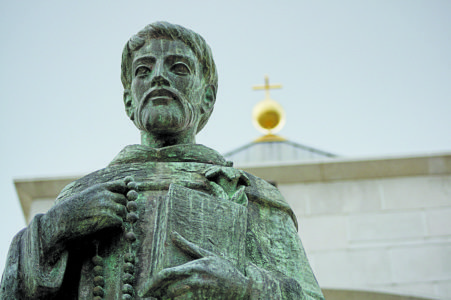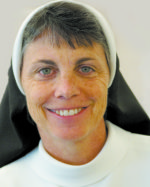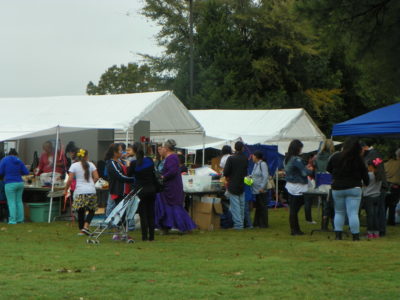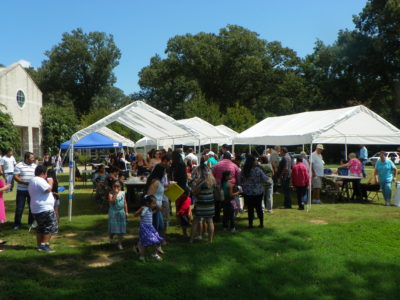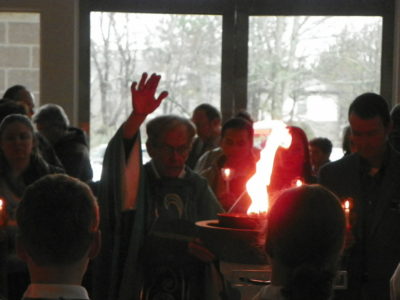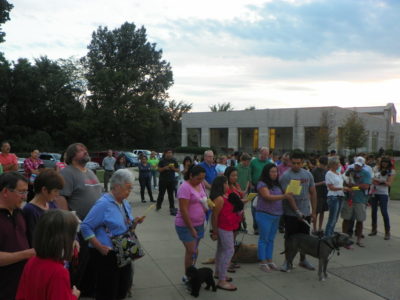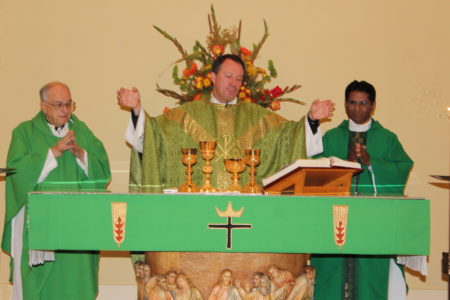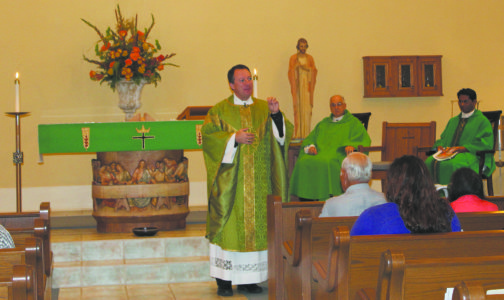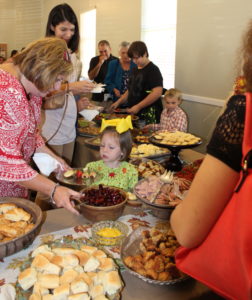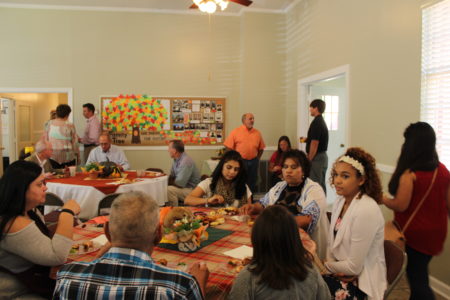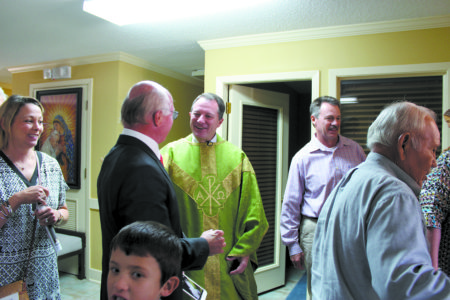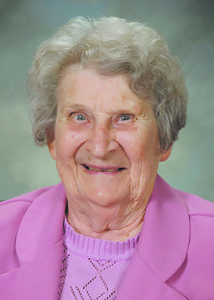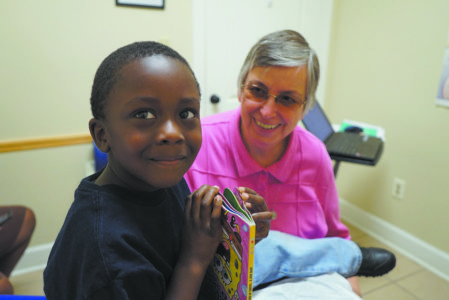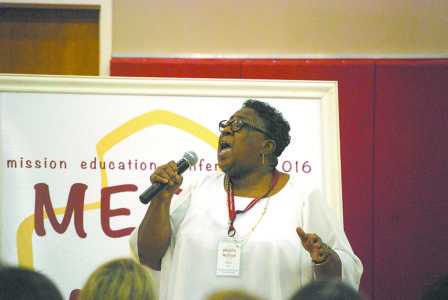
Holly Springs Holy Family Principal Clara Isom leads the choir of educators throughout the conference. Holy Family students also participated in the event.
By Laura Grisham
SOUTHAVEN – Mission Education. Every few years a contingency from the U.S. Province of the Priests of the Sacred Heart (SCJ) and their affiliated organizations gather to learn about Father Leo John Dehon, founder of the Priests of the Sacred Heart, as well as the congregation that carries on his ministries. This October, Sacred Heart Southern Missions (SHSM) hosted the eighth such gathering of the SCJs. The two-day conference was the second one held here in North Mississippi.
The time and talent exerted in putting the event together did not hold a candle to the spiritual treasure and fellowship received by all who attended.
Titled “Mission in Mercy,” the conference was infused with music and prayer — a celebration of God’s mercy and the opportunity to extend that mercy to others through all of our various missions and daily tasks.
On Monday, Sacred Heart School welcomed attendees. The activities began with the voices of the ‘educators’ choir, lead by Holy Family School principal Clara Isom. Among their musical selections, the group sang “Who Will Speak?” encouraging audience participation and setting the tone for the conference.
Father Jack Kurps, SCJ, greeted the crowd, visually introduced the contingents from all corners of the country and in doing so, showed our solidarity – united in our common mission of mercy. With so many facets, one might think it a “Mission Impossible,” but in a clever video production, Father Kurps showed that our mission is possible, relevant and much needed, especially today. The superior general of the congregation, Father Heiner Wilmer, SCJ, who also appeared via video, echoed Father Jack’s sentiments.
“An Interview with Father Dehon,” provided a look back to the challenges he faced more than a century ago. It was a clever presentation involving a reporter, Province Communications Director Mary Gorski, and Father Dehon, played by Dave Schimmel, province director of Dehonian Associates, helped participants gain an understanding of his work.
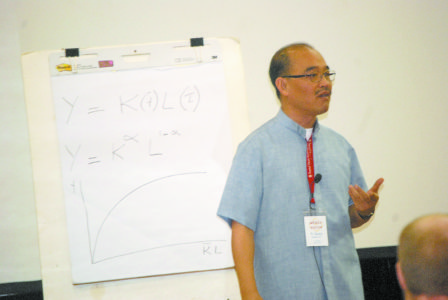
Father Quang Nguyen, SCJ,spoke of the economics of proverty. He demonstrated the gripping realities that so many in the country face every day.
Father Quang Nguyen, SCJ, spoke of the economics of poverty while SHSM’s director of programs, Shakebra Young, made the numbers personal as she shared her own struggles of poverty here in the Mississippi Delta. Both demonstrated the gripping realities that so many in our country face every day.
Ekpe, a local entertainer, and his band, told the story of “From Africa to Beale Street.” This performance highlighted a rich legacy of music. Ekpe moved the audience and had them on their feet.
Sister Cathy Bertrand, SSND, a member of the SHSM board of directors, facilitated several panel discussions about Mercy In Action throughout the conference. The discussions brought members from the various service aspects of SHSM and other SCJ affiliated organizations to the table to share how they perceive their role of mercy in their particular area or ministry.
Bishop Joseph Kopacz, bishop for the Diocese of Jackson, and Mary Woodward, diocesan chancellor, also addressed the gathering, speaking about the Church and its challenges in Mississippi. The largest diocese east of the Mississippi River, it encompasses some of the poorest areas of the nation. He lauded the contributions and accomplishments of Sacred Heart Southern Missions and the SCJs in caring physically and spiritually for those living in the northwestern counties of the diocese.
Bishop Kopacz was also the main celebrant at Mass on Monday afternoon at Holy Spirit Church in Hernando. A traditional southern barbecue dinner was served immediately following with a performance by local blues artists Sean “Bad Apple” Appel and Stud Ford to close the day.
Tuesday morning attendees were bused to Holly Springs to continue the conference at Holy Family School.
The day began with praise and thanksgiving. Isom and the ‘educators choir’ mesmerized the audience, singing ‘Jesus Love and Mercy’ and “I Feel Like Traveling Home.” Images from the Heart of Christ, narrated by Dave Schimmel, also gave participants an opportunity to reflect on how they saw and related to Jesus in the Sacred Heart. Holy Family students presented a “Live Wax Museum” of African American inventors, surprising many with their knowledge of historical facts.
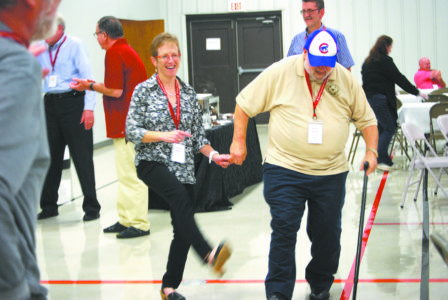
Music and dancing was part of the event. A performance by local blues artists Sean “Bad Apple” Appel and Stud Ford closed the day.
Panel discussions continued, facilitated by Sister Bertrand, and were sprinkled with opportunities for table and room discussions by all in attendance before and after lunch. And speaking of lunch, there was not a soul present that did not have rave reviews for the traditional “Thanksgiving” dinner, cooked by the fine members of Strawberry Baptist Church.
The conference began as it ended, in song. Mercy in Mission.
(Reprinted with permission from SHSM’s newsletter. )

